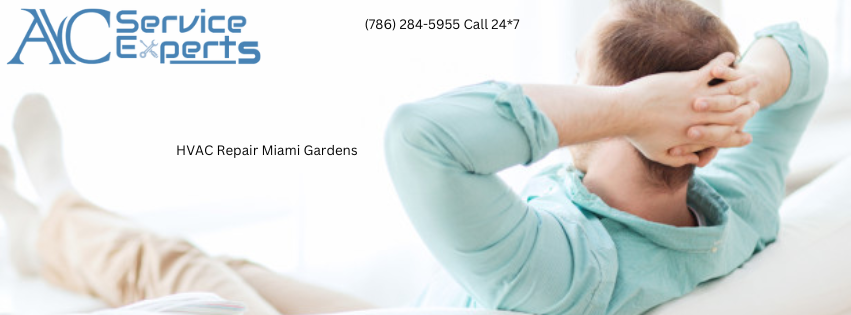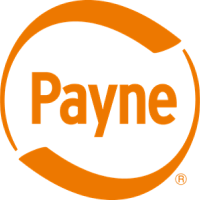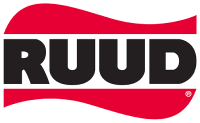
In today’s fast-paced world, a malfunctioning air conditioning unit can quickly make your home uncomfortable, especially during scorching summers or chilly winters. While professional help from AC Repair Miami Gardens experts is always an option, sometimes DIY AC repairs can save you time and money, offering a sense of empowerment and control over your home’s comfort.
Ahead in this article, we’ll explore insider tips and strategies for tackling common AC issues on your own, empowering you to become your own AC repair hero.
Diagnosing AC Problems
Diagnosing AC problems is the crucial first step in any DIY repair endeavor. It involves identifying the root cause of the issue before attempting any fixes. Let’s find out how to diagnose AC problems:
- Assessment of Symptoms: Begin by observing any unusual behaviors your AC unit exhibits. These could include strange noises, foul odors, reduced cooling performance, or uneven airflow.
- Check Air Filters: Clogged or dirty air filters are a common cause of AC problems. A dirty filter restricts airflow, leading to reduced cooling efficiency and potential system malfunctions.
- Examine Thermostat Settings: Ensure the thermostat is set correctly and functioning properly. Sometimes, an incorrectly set thermostat can lead to cooling issues or uneven temperatures throughout your home.
- Inspect Outdoor Unit: Check the outdoor unit for any visible signs of damage, such as debris accumulation, bent fins, or ice buildup. These issues can impede the unit’s performance and require cleaning or repair.
- Assess Refrigerant Levels: Low refrigerant levels can indicate a leak in the system, which requires professional attention. If you notice frost or ice buildup on the refrigerant lines or coils, this could indicate low refrigerant levels.
- Listen for Unusual Noises: Strange noises from your AC unit, such as grinding, rattling, or banging sounds, could indicate mechanical problems. These may include worn-out bearings, loose components, or malfunctioning motors.
- Check Electrical Components: Inspect electrical connections, circuit breakers, and fuses for any signs of damage or overheating. Faulty electrical components can cause the AC unit to malfunction or even pose a fire hazard.
- Evaluate Ductwork: Leaky or poorly insulated ductwork can lead to loss of conditioned air, resulting in reduced cooling efficiency and higher energy bills. Check for signs of duct damage, such as visible leaks, disconnected joints, or inadequate insulation.
By systematically assessing these key areas, you can effectively diagnose the underlying issues affecting your AC unit’s performance. Remember to document your observations and findings, as they will guide you in implementing the appropriate repair solutions.
Effective DIY AC Repairs Techniques
Effective repair techniques are essential for successfully addressing common AC problems and restoring your unit’s functionality. Here are some detailed strategies for executing DIY AC repairs with precision:
1. Cleaning or Replacing Air Filters:
- Remove air filters from your AC unit and inspect them for dirt, dust, and debris.
- If reusable, clean the filters using mild soap and water, then allow them to dry completely before reinstalling.
- If disposable, replace the filters with new ones according to the manufacturer’s recommendations.
- Regularly cleaning or replacing air filters improves airflow, prevents dust buildup, and enhances indoor air quality.
2. Inspecting and Tightening Electrical Connections:
- Turn off the power to your AC unit at the circuit breaker or disconnect the switch to prevent electrical shocks.
- Carefully inspect electrical connections, including terminals, wires, and connectors, for signs of damage or looseness.
- Use a screwdriver or wrench to tighten any loose connections securely.
- Avoid over-tightening, as this can damage delicate components and lead to electrical issues.
3. Cleaning Condenser Coils:
- Locate the outdoor condenser unit and carefully remove any debris from the exterior, such as leaves, dirt, or grass clippings.
- Use a soft brush or vacuum cleaner with a brush attachment to gently clean the condenser coils and fins.
- Avoid using excessive force or sharp objects that could damage the delicate fins.
- Regularly cleaning condenser coils improves heat transfer efficiency and helps prevent overheating.
4. Unclogging Condensate Drain Line:
- Locate the condensate drain line, typically located near the indoor evaporator coil or inside the air handler.
Use a wet/dry vacuum or a drain cleaning brush to remove any clogs or debris from the drain line. - Flush the drain line with a mixture of warm water and vinegar to clear away any remaining buildup or algae growth.
- Regularly unclogging the condensate drain line prevents water backups, mold growth, and water damage to your home.
5. Checking Refrigerant Levels:
- Although checking refrigerant levels requires specialized equipment and training, you can visually inspect the refrigerant lines for signs of leaks or damage.
- Look for oily residue or frost accumulation on the refrigerant lines, which may indicate a leak.
- If you suspect a refrigerant leak, contact AC Repair Miami Gardens specialists to safely diagnose and fix the issue.
6. Calibrating Thermostat Settings:
- Ensure your thermostat is calibrated correctly and accurately reflects the desired temperature settings.
- Use a separate thermometer to compare the thermostat’s reading with the actual room temperature.
- If necessary, recalibrate or replace the thermostat to ensure accurate temperature control and optimal comfort.
These effective repair techniques can help you address common AC issues and keep your unit running smoothly.
Knowing When to Seek Professional Help
While DIY AC repairs can be cost-effective and empowering, there are times when professional assistance is necessary to ensure the safe and effective resolution of complex issues. If you encounter challenges beyond your expertise, contacting skilled AC Repair Miami Gardens technicians is best.
Explaining in simple terms, knowing when to seek professional help is about prioritizing your safety, maximizing the effectiveness of repairs, and safeguarding the investment you’ve made in your AC system. So, if you’re unsure whether to tackle a repair yourself or enlist professional assistance, err on the side of caution and consult a reputable AC Repair Miami Gardens agency to avoid exacerbating issues and ensure your AC unit’s long-term health and performance.
Closing Thoughts
In conclusion, maintaining a comfortable indoor environment is essential for your overall well-being, and DIY AC repairs can be a cost-effective solution, empowering you to take control of your home’s comfort and functionality. By following the insider tips and strategies outlined in this article, you can confidently tackle common AC issues, saving time and money in the process.
However, if you encounter challenges beyond your expertise or comfort level, don’t hesitate to reach out to AC Repair Miami Gardens experts for professional assistance. With the right knowledge, resources, and timely professional help, you can keep your AC unit running smoothly for years, ensuring a cool and comfortable home environment regardless of the weather outside.


























